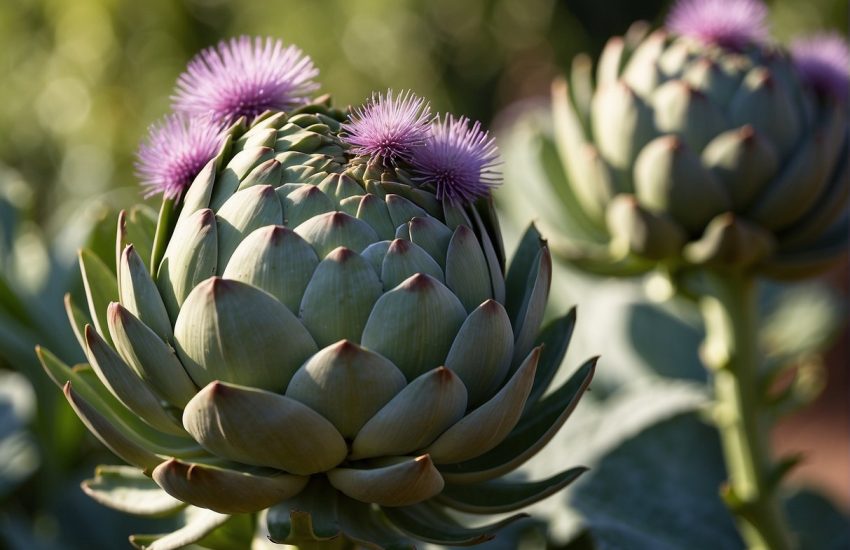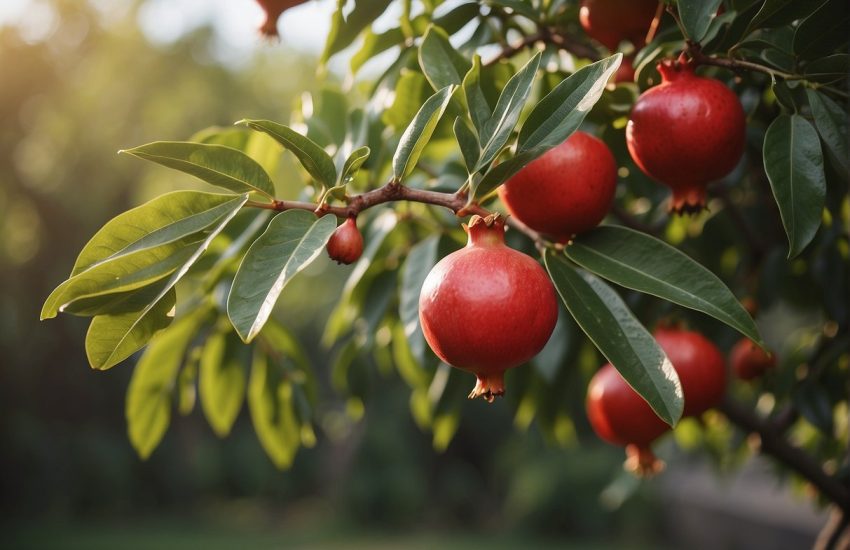The Key Differences Between Flail Mower Vs. Mulcher
Mulcher or flail mower? Among farmers, this is a common question. People must first comprehend the distinctions between these two types of agricultural machinery.
A flail mower is used to maintain areas where a rotary mower would generally bush hog. A mulcher is used to clean areas with large trees or stumps that a bush hog or flail mower would tear apart. Mulcher blades are fixed on a drum, while flail mower blades swivel.
I’ll go over all there is to know more about flail mowers and mulchers in this article, as well as provide a final recommendation to assist you to make a better decision.
What are the Differences between Flail Mower vs Mulcher?
Flail Mower:
A flail mower crushes and chops any plant it comes into contact with on the ground. By breaking the plants into fragments for speedier decomposition, you can clear an area of ground with a flail mower.
Flail mowers are more accurately described as agriculture tools than gardening tools.
A flail mower, no matter how powerful or precise, can reach locations that other mowing equipment cannot.
Mulcher:
A mulcher is a machine that grinds organic material into mulch, lowering the volume of natural waste.
By re-cutting and re-circulating grass clippings under the mowing deck to make fine mulch, this equipment aids in the maintenance of a cleaner and healthier lawn.
Mulching mowers are not equipped with a box. As a result, they chopped the grass twice to keep it fine enough to blend with the lawn.
How Does Flail Mower Work?
Flail mowers cut the grass horizontally by rotating a rotor with a succession of tiny blades.
As the rotor turns, the material is ejected behind the machine, and the draft created helps to stand up the grass, with each flail cutting a tiny patch of grass.
Flail mowers are particularly good at chopping vines and bushes. As a result, they’re ideal for places that are both grassy and overgrown with various sorts of plants.
Their design mulches the grass clippings, allowing nutrients to return to the soil.
How Does Mulcher Work?
Mulching mowers contain multiple blades that keep cutting the grass until the lawn becomes small.
As grass clippings contain around 90% water and are cut into finer bits, they dry and decay fast, replenishing the lawn with important nutrients.
This is significant since it aids in the organic nourishment of the garden. Thus, extra chemical fertilizers do not need to be used to add nutrients to the soil.
This saves not just time but also money. Mulcher has a lower environmental impact because it allows you to avoid using dangerous chemical fertilizers.
Advantages of Flail Mower and Mulcher
Flail Mower:
In terms of debris, flail mowers do not generate much. Flail mowers are ideal for regions where flying debris is a concern.
Those who want flexibility from a single unit of landscapers and maintenance areas may consider flail mowers. This mower system can be positioned to cut banks as well as to trim bushes and plants.
The flails’ weight and action make them capable of slashing through thick brush. Many flails are capable of removing saplings up to 2 inches in diameter.
Moreover, flail mowers won’t get dull even if you’re trying to take down heavy undergrowth.
Even if a flail is somehow damaged, you need to replace one little, affordable flail instead of replacing the complete blade.
Mulcher:
Soil and water erosion are reduced when you use a mulcher. The most important agriculture in dry locations is soil water conservation and erosion prevention. Crop productivity in dryland areas can be improved by using this instrument.
It also improves soil water quality by reducing runoff, increasing infiltration, reducing evaporation, controlling weeds, and intercepting rainwater impact.
Mulchers make fertilizer application easier and prevent plant nutrient loss due to leaching.
Drawbacks of Flail Mower and Mulcher
Flail Mower:
The flail mower is complex and time-consuming to maintain due to a large number of working parts.
If you can’t make the little repairs yourself, especially the regular lubrication, the maintenance costs will quickly mount.
Replacing several flails over time might add up even though replacing a single flail is relatively inexpensive,
Mulcher:
The most significant downside of employing a mulcher is that it might provide a place of refuge for harmful insects.
When used in excess, it can suffocate your plants by warming the soil and depriving them of light and water.
Mulches made of light-colored wood can remove nitrogen from the soil as they decompose. However, add a nitrogen-rich fertilizer to the mulch, such as soybean meal, alfalfa, or cottonseed meal to prevent such issues.
Flail Mower Vs. Mulcher: Which One to Choose Finally?
It’s difficult to consider between Flail Mower and mulcher based on their characteristics.
Thus, depending on your needs, you should choose any of these agricultural tools.
Flail mowers are a better alternative for regions with overgrown brush and vines, and their design minimizes injury from flying debris.
Additionally, the flail mower will provide a higher-quality cut while equally dispersing the clippings.
Mulcher should be used during the time of spring and summer, and once the grass has been mowed, leave the mulch clippings on the lawn.
Moreover, one of the most important deciding elements is the size of your grass area.
It’s because using a larger machine than needed on a smaller area can be more of a burden than a benefit because they’re unwieldy and heavy.
It’s important to keep in mind that flail mowers aren’t designed to be accurate. As a result, they are unable to create the same perfect cut as a lawnmower or brush cutter.
Keep these considerations in mind while selecting the ideal mower for your needs.
Summary
When picking between the flail mower and mulcher, consider all of the factors.
It’s also worth noting that flail mowers are preferable when it comes to cleaning grass from a big surface area. A flail mower, like lawnmowers, has a centralized control that allows you to quickly alter the cutting height from 2 to 8 cm.
On the other hand, mulching mowers will save your time by eliminating the need to dump your grass bin or collection trays every time you fill them up.
Related Posts:


